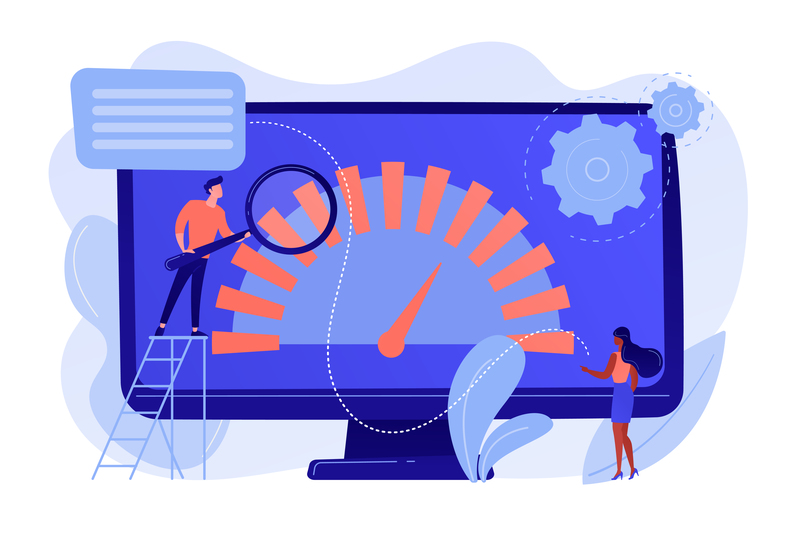
A performance improvement plan is a written, official document that outlines an employee’s improvements in order to keep their employment. Retention-focused programs are seen by many workers as the last step before being fired.
All three parties (employee, management, and Hr Professional) involved in signing off on a PIP must be present for it to be valid. By so, you avoid having rogue managers who construct performance plans that don’t match the company’s policies or principles.
Performance Improvement Plans Have Many Advantages;
- If implemented appropriately, performance improvement strategies may benefit both the firm and its personnel. Benefits include these.
- Performance difficulties may be traced back to the main cause.
- The route to success is clearly defined.
- Documents evaluations of employee performance and corrective or proactive measures taken as a result of the evaluations.
- Motivates management and employees to work together toward the same goal
- To make the management articulate their objectives and weaknesses in clear, concrete stages
- Instead of a generic job description, maybe customized to each employee’s specific demands.
- Notices an employee that they must make significant adjustments in order to keep their job.
Managers, of course, get these advantages only if they design and adhere to an adequate strategy. Performance improvement plans that are poorly drafted or have no accountability are detrimental to the person and their employer.
Creating A Strategy To Increase Performance
Now that you know what to include in your PIP and have seen some examples, you’ll be ready to write your own. A performance improvement plan for a particular individual and problem is all that’s left to do now.
To reap the rewards of PIPs, you must first establish effective ones. Step-by-step instructions on how to construct an improvement plan are provided below.
First step: Acceptable performance standards must be established
Compare your employee’s present performance to what you would consider acceptable. Be detailed about the employee’s shortcomings, giving instances of their conduct and performance, and do so in a clear and concise manner.
A PIP should not be presented to an employee at the last minute. Instead, have a meeting to address performance concerns before giving the PIP to the individual.
Employees and managers alike should be able to weigh in on the decision-making process. It is important for the employee to have a sense of belonging and a strong desire to succeed.
The Second Step: To set quantifiable goals
Determine your employee’s goals. Be clear about how you will measure their progress.
A PIP must be worth your time and work. Make an effort to discover the root cause.
There is always a chance of an employee being stressed out about work or coping with personal issues that you’re not aware of. Another explanation is that the employee is uninterested in a long-term career with your organization.
Next Step: Specify how the employee will be supported.
List the ways in which the employee’s management will assist him in achieving the PIP target. Training, coaching, and using extra resources are all examples of this. Be sure to think about how you can best serve your employees. In order to retain an employee on your team, a Performance Improvement Plan (PIP) is necessary. Instead of expecting him to accomplish the goals on his own, think about what he could be missing from your side that might help him perform better.
Finally: Create a check-in schedule
Set a schedule for how frequently you’ll meet with the employee to provide advice and suggestions. Create a check-in calendar. Do not wait until the last minute to start working on an employee’s performance. Waiting until the end of the PIP to see how your employee is progressing is a waste of time. Having regular check-ins will enable the employee to communicate any concerns or issues. In addition, you may use them to see whether he’s on the correct path or if he needs to take more steps.

What will happen if there is no improvement?
It is important to make explicit what will happen if the employee fails to accomplish the improvement target.
By now, you should have a good idea of why you need a PIP, how to put one together, and what should include. One last thing has to be done: your employee must be able to react and pass the PIP. For a seamless transfer, share the following tips with your employee.
Rather of focusing on punishment, try to focus on improvement.
Ensure that your employee does not see the PIP as a threat to his future employment.
Always mention the areas where they excel and express your desire to see them grow. Set a goal that will benefit the company as a whole and that the employee is convinced he can attain.